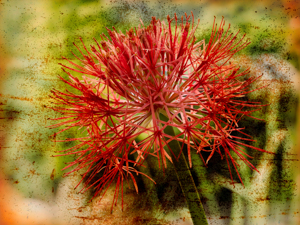Q: Dennis, I have deep question that in fact no one can answer to me. I can accept that I am consciousness in which appearances take place that are in fact manifestations of my own consciousness. I can accept that unbounded universe of my consciousness is in fact my consciousness. This phenomenal universe exists in my waking state and disappears in deep sleep.
I am consciousness all the time. It is OK and understood. BUT I also understand that all these experiences and states belong to ONLY MY INDIVIDUAL CONSCIOUSNESS.
I mean that others have other experiences. They have their own phenomenal universes, their own states in their own consciousnesses! And I have no access to them.
There is existence of many various individual consciousnesses perceiving various things. So can we say that there is no SINGLE Absolute I and no SINGLE consciousness?
A: All problems of understanding in this sort of question arise because of a confusion between ‘absolute reality’ and the ‘apparent world’.
You begin by saying that “I have a deep question“. This ‘I’ refers to the mind of the person (Fred) in the world. All these things – mind, person, Fred, world – are mithyA. They have no absolute reality. They depend upon the absolute reality for their existence. They are name and form of the non-dual Consciousness. Continue reading


